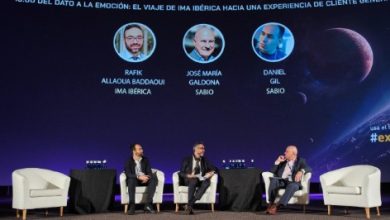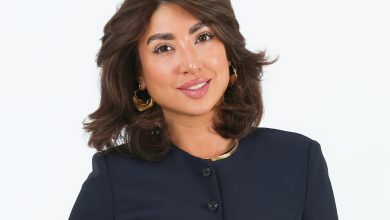
Despite a year of social distancing, the office of the future may be more interconnected than ever before. Earlier this year, the Wall Street Journal hosted a virtual roundtable discussing the future of work. Susan Lund, head of the McKinsey Global Institute, forecast “an acceleration of this trend towards more collaborative spaces,” where workers do the tasks they can do alone at home, and coming into offices is for “meetings, to meet with other people, doing brainstorming, innovation. And so, offices will be more collaborative spaces.”
Lund’s predictions extended to office settings that not only prioritise collaboration, but designs that integrate voice-operated tech and low-touch features in order to directly promote hygiene and preserve health.
Enter automation.
Corporate leaders need to ensure workers headed into offices stay healthy, but they are unlikely to want to devote precious resources to ensuring social distancing, hand hygiene, and other measures to prevent the spread of viruses. Physical monitoring is expensive, difficult to scale and less effective.
Fortunately, technology already exists that automates these processes and the most exciting solutions use artificial intelligence, which enables the tech to improve and adapt to evolving business needs.
These innovations include Wobot, an AI-powered app that tracks certain hygiene-related factors such as adherence to distancing rules and how often the office is cleaned and sanitised, feeding analysed data to designated managers to enable their decision making.
Frequent handwashing is the first line of defence against the spread of infections, and hygiene is particularly well-suited for AI solutions.
AI has the power to integrate safety with education, a key feature because humans are imperfect when washing up – not only do they fail to sufficiently clean their hands, but they believe they have done a good job when observational evidence proves otherwise. Connectome.ai’s system has a screen above the tap that is integrated with a turnstile.
While the screen displays handwashing instructions based on World Health Organization (WHO) recommendations, a camera monitors the employee’s handwashing. Artificial intelligence technology offers suggestions to the person cleaning their hands alongside a progress bar on the screen. Only once hands are washed according to WHO standards does the turnstile admit the employee into their hygienic workspace.
Certainly, AI-based automated solutions increase effectiveness while decreasing costs, but in terms of return to work, there’s another benefit less discussed – contribution to corporate culture. Remote work has proven to be productive, but the social connection may be necessary to maintain that productivity – a survey found workers satisfied with social their social connections with their colleagues are 2.5 times as likely to say that their productivity is at least as high now as it was before the pandemic.
Establishing and maintaining those connections is vital.
Gallup research shows that employees who do not work in the same location as their manager are 10% less likely to say someone cares about them at work, 10% less likely to say they are recognized for their contributions, and 5% less likely to feel like their opinions count. The downsides are magnified when workers prefer working in offices, with 7% lower productivity and 24% higher turnover.
CEOs who have already invested in maintaining employee connections through remote work will not want to abandon those efforts, and in fact, the return to offices may present an opportunity to invigorate corporate culture. AI solutions enable positive employee connections by freeing workers from observing each other and tracking colleagues’ hygiene habits, a proposition that is awkward at best and at worst, creates a breeding ground for suspicion and resentment.
When these now-necessary infection prevention monitoring activities are the responsibility of AI-powered technology, they become embedded into business processes just like any other automated solution. This in turn frees up worker time and resources to devote to their roles, as opposed to worrying about spreading or catching infections, an approach that seems likely to have a positive effect on worker sentiment, as well.
Corporate leaders focused on a return to work are not just thinking about collaboration, but they’re considering their company culture. AI-powered automation presents an array of applications that not only ensure employees returning to the office are healthy enough to keep coming back, but create a working environment that ensures they want to.




